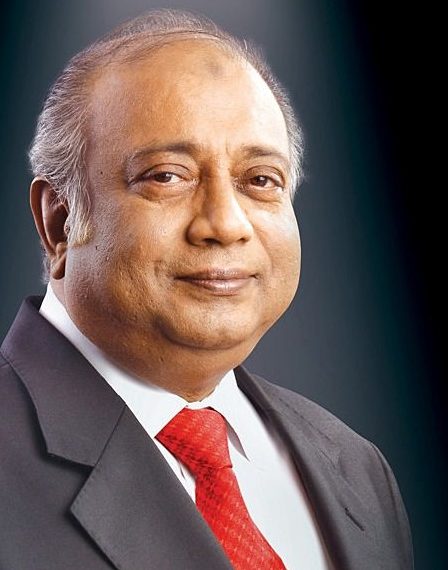
In a remarkably frank conversation with the Future Startup, published last month, the Chief Executive Officer of Bangladesh International Arbitration Centre Managing Director, and Former Deputy Governor of Bangladesh Bank, Rumee Ali has suggested that the existing model of the banking industry will be heavily challenged in the next 10-15 years time. It could go completely out of existence.
Muhammad A. (Rumee) Ali – who, Prior to joining BIAC, served in a host of important positions in the banking industry including the Managing Director of Enterprises and Investments at BRAC, Chairman of BRAC Bank and bKash and as Deputy Governor of Bangladesh Bank from 2002 to 2006 and the first Bangladeshi CEO of Standard Chartered Bank and ANZ Grindlays Bank, Bangladesh – says “the cost of doing business in the existing model is very high”.
Here are the relevant parts of his interview:
Future Startup
If you look down the line 10 to 15 years, where do you see the industry is going?
Muhammad A. (Rumee) Ali
I strongly believe that the business model that the banking industry now have will be no longer in existence in the next 10 to 15 years. Even if it exists, it will be a heavily subsidized and inefficient institution. The reason is that the cost of doing business with the present model is very high with a large number of branches and other things.
If we want to include every person in the banking industry with a bank account and transactions and want to attain the middle-income country status then we must drop this model. It will be useless in the future. To achieve the goals and targets we need to have an enabler in the banking industry. This enabler is fin-tech and its application on hand-held devices. It will create a large multiplier effect on the economy and inclusivity and our GDP will automatically grow.
Imagine, if 130 million people out of 160 million get included in the financial system with a bank account and do transactions through the financial system, it will create a huge multiplier effect on the economy.
In the current system, a lot of transactions and businesses are being done outside the system and they are not part of the multiplier. It is like empowering women. The moment we started empowering women we have seen a huge upward push in the economy and workforce.
I strongly believe that the business model that the banking industry now have will be no longer in existence in the next 10 to 15 years. Even if it exists, it will be a heavily subsidized and inefficient institution. The reason is that the cost of doing business with the present model is very high with a large number of branches and other things.
Data Analytics is another future for the banking industry. The banking industry has a huge wealth of data which can be analyzed to see the behavior of specific segments of customers. Banking industry sees the behavior of people more closely than any other industry because the transactions are recorded and specified. So if the banking industry can put data analytics in work, it will enable them to see and explore many opportunities and new dimensions. This would help banks to come up with new products and features to better serve their customers.
In brief, the possibilities are endless in this industry with the new technologies but you have to invest in people, innovation, and technology.
You may read the full interview here.
